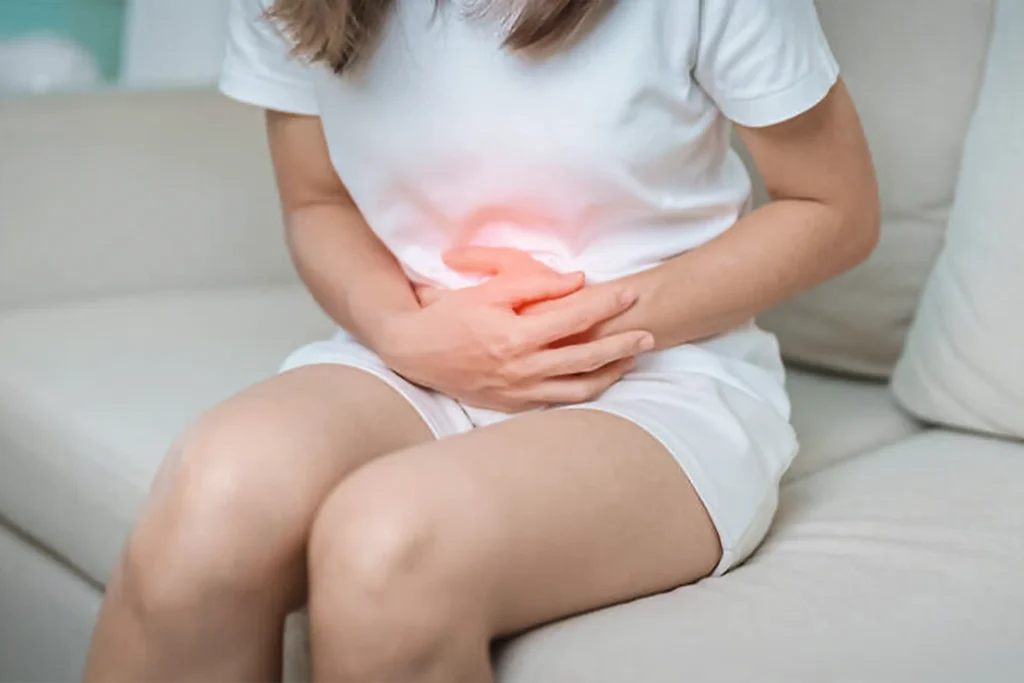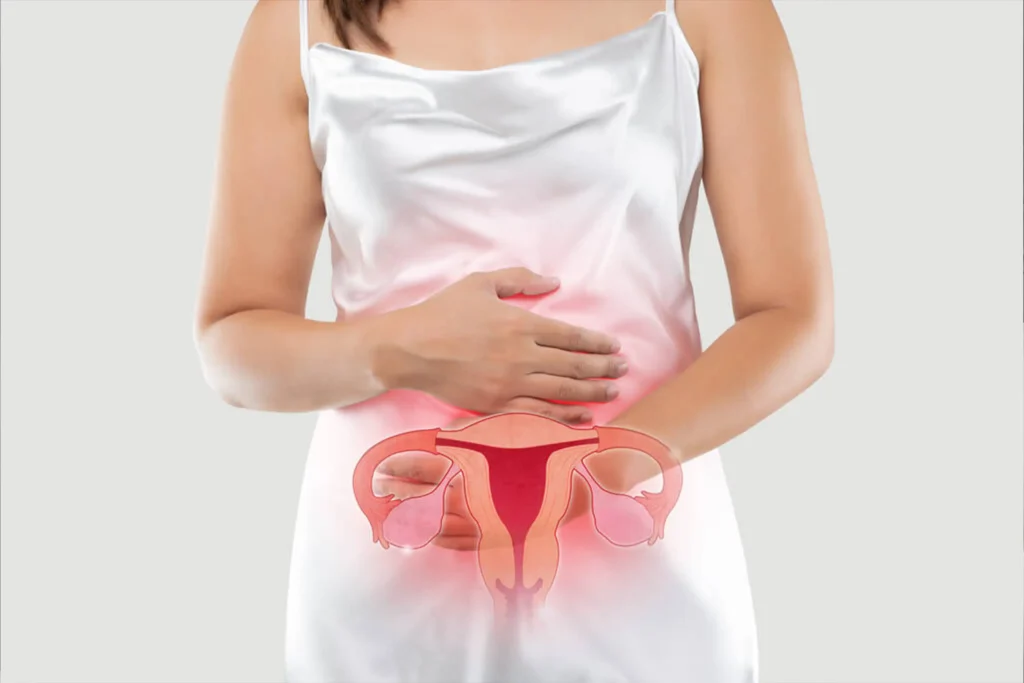
Endometriosis symptoms and treatment: Ever heard of endometriosis? If not, you’re not the only one. Despite affecting millions of women worldwide, it often goes unnoticed or misunderstood. Many women live with pain for years before receiving a proper diagnosis. This guide breaks down what endometriosis is and what living with it can feel like.
What is endometriosis?
Endometriosis is a condition where tissue similar to the uterine lining starts growing outside the uterus, in places like the ovaries, fallopian tubes, bladder, or even the abdominal area. The tricky part? This tissue acts just like it would inside the uterus: it thickens, breaks down, and bleeds with each menstrual cycle. But since it has nowhere to go, the blood gets trapped, leading to pain, inflammation, and sometimes scarring.
Also Read | Missing periods or heavy flow? It might be your thyroid
What are the symptoms of endometriosis?
Endometriosis impacts each woman differently. The most common symptom is pelvic pain, especially during periods.
Other symptoms include:
- Menstrual cramps can be intense and painful.
- Pain when peeing or pooping, especially during menstrual cycles.
- Heavy bleeding occurs between menstrual cycles.
- Fatigue
- Bloating or nausea
- Pain during or after sex
Some women might experience painful symptoms, while others may have no noticeable signs at all, making it difficult to diagnose.
Why is endometriosis called a silent struggle?
Many women with endometriosis go through years of pain without even knowing what’s wrong. It’s not because they don’t find out, but because the pain is often dismissed. It’s frequently brushed off as “just period pain” and something they’re expected to push through. There is little awareness about endometriosis, even among some doctors.

How to diagnose endometriosis?
There’s no simple test to detect endometriosis, and diagnosis can be challenging. Often, the only way to confirm it is through a laparoscopy, a minor surgical procedure that allows doctors to look inside the abdomen.
Can endometriosis be treated?
Treatment focuses on managing symptoms, reducing pain, and improving fertility if needed. Over-the-counter painkillers can help, but they are not likely to work for everyone. Birth control pills or hormone patches can slow the growth of endometriosis tissue. Laparoscopic surgery may be done to remove or destroy endometrial tissue, but symptoms can return with time.
Every woman’s experience with endometriosis is different, so treatment must also be personalised according to her needs.
Also Read | Struggling to conceive? Understanding the possible causes
Endometriosis is way more than just a bad period. It’s a complex, painful, and often misunderstood condition that affects millions of women mentally, emotionally, and physically. If you or someone you know is experiencing the symptoms mentioned above, don’t ignore them. Reach out to an expert and push for answers.








